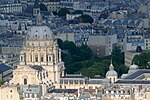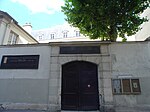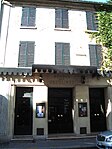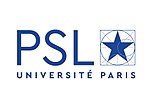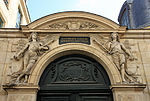Val-de-Grâce (church)
1621 establishments in France17th-century Roman Catholic church buildings in FranceChurch buildings with domesRoman Catholic churches completed in 1667Roman Catholic churches in the 5th arrondissement of Paris

The Church of the Val-de-Grâce is a Roman Catholic church in the 5th arrondissement of Paris, in what is now the Val-de-Grâce Hospital. The edifice was formerly a royal abbey, and its dome is a principal landmark of the skyline of Paris. The church was initially designed by François Mansart, succeeded by Jacques Lemercier who designed the Saint-Sacrament chapel's spiral-coffered dome after Philibert de L'Orme's chapel at the Château d'Anet.
Excerpt from the Wikipedia article Val-de-Grâce (church) (License: CC BY-SA 3.0, Authors, Images).Val-de-Grâce (church)
Accès caserne, Paris 5th Arrondissement (Paris)
Geographical coordinates (GPS) Address Nearby Places Show on map
Geographical coordinates (GPS)
| Latitude | Longitude |
|---|---|
| N 48.840833333333 ° | E 2.3419444444444 ° |
Address
Hôpital du Val de Grâce
Accès caserne
Paris, 5th Arrondissement (Paris)
Ile-de-France, France
Open on Google Maps
